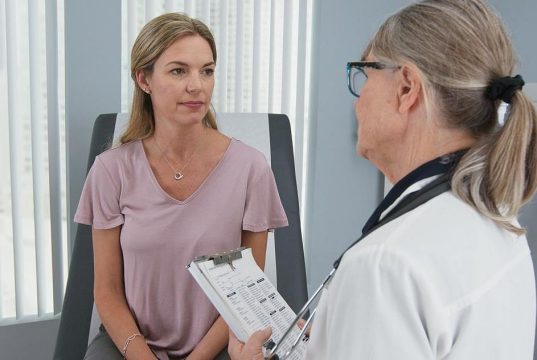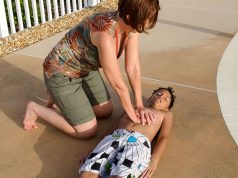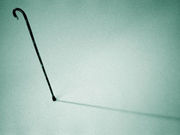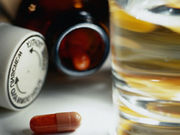FDA Seeks to Increase Number of Generic Drugs on Market
Agency will now give priority reviews to new generic drugs until there are at least three available
Use of ICD Codes Only Can Underestimate Falls in ER
With ICD-9 definition only, 19.6 percent of visits meeting chief complaint definition were missed
Many Adverse Events Related to Cosmetics Go Unreported
Cosmetics and personal care products get little regulatory scrutiny
Shift Work May Affect the Body’s Ability to Repair DNA Damage
Lower levels of 8-hydroxydeoxyguanosine noted in the urine of those who worked at night
More Racial Disparity With Medicare Advantage
More racial disparity versus traditional Medicare for hospital readmissions for six major surgeries
Drug, Herb Interactions Frequent for Cancer Patients
Concomitant use of two or more drugs independently linked to high risk of clinically significant DDI
Primary Care Pharmacy Model Attractive to Patients
Most payer reimbursement decision-makers indicate their organization would reimburse this model
Ob-Gyns Can Help ID Sex Workers, Improve Access to Care
Sex workers should be counseled about the health risks associated with sex work
SAMHSA: Youth Binge Drinking Rates Down in the United States
But one in seven still consumed excess alcohol at least once in past month, study finds
Opioid Rx Too Often Given to Back Pain Patients With Depression
Researchers find these patients are also more likely to get higher doses of opioids



















